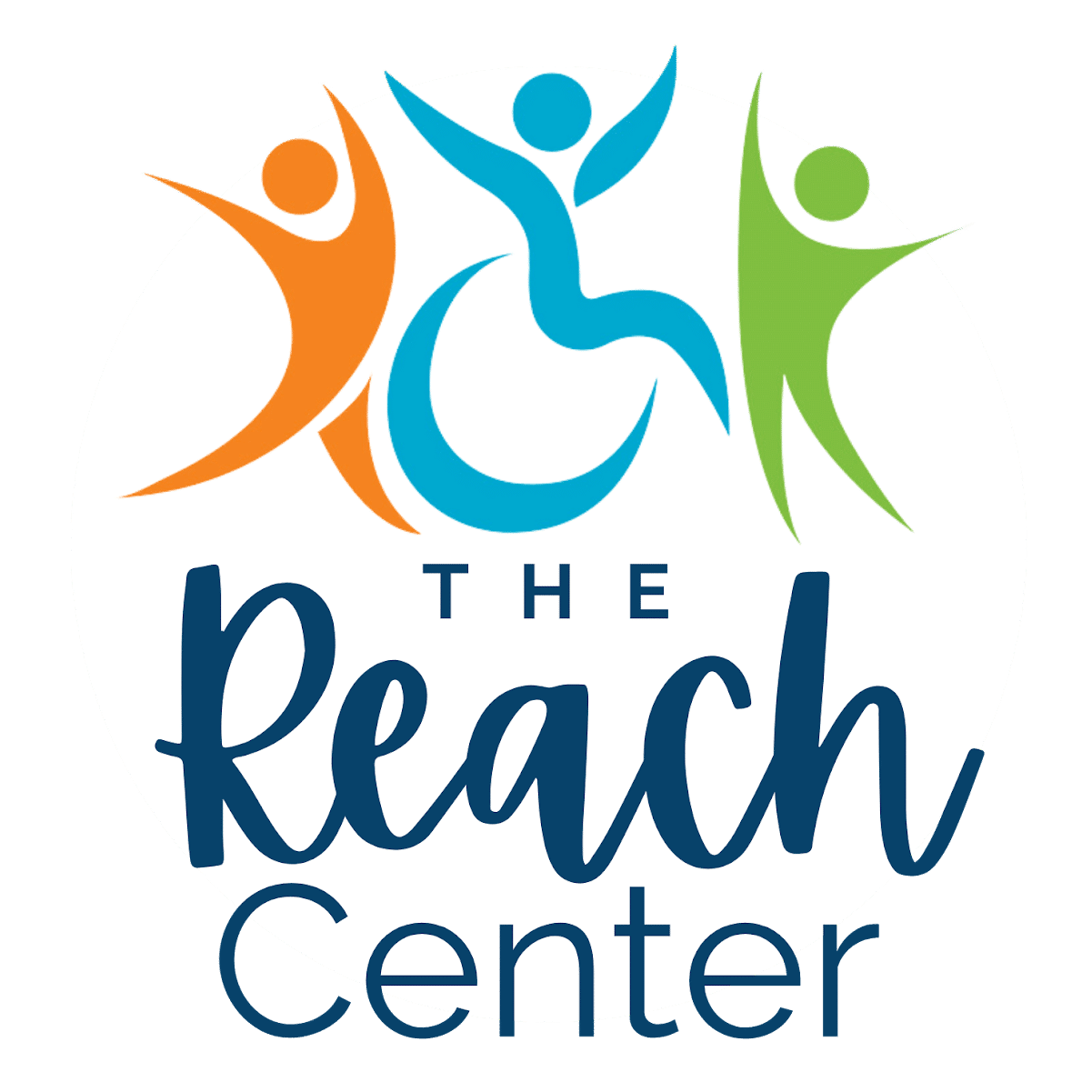A stroke occurs when the blood supply to part of the brain is interrupted or reduced, preventing brain tissue from getting the oxygen and nutrients it needs. Within minutes, brain cells begin to die. Stroke is a leading cause of disability, affecting millions worldwide. It can significantly impact physical and cognitive abilities depending on the part of the brain affected and the severity of the stroke. Quick recognition and treatment are essential to reducing long-term effects.
Strokes can affect anyone, but older adults, people with high blood pressure, diabetes, heart disease, or a family history of stroke are at higher risk. Recognizing the signs early and acting quickly can make a huge difference in recovery.
Causes of Stroke
There are two primary types of strokes:
Ischemic Stroke:
This is the most common type of stroke, caused by a blockage in a blood vessel supplying the brain, often due to a blood clot or plaque build-up.
Hemorrhagic Stroke:
This occurs when a blood vessel in the brain bursts, leading to bleeding in or around the brain, often caused by high blood pressure, aneurysm, or weakened blood vessels.
TIA:
A Transient Ischemic Attack or “TIA,” is also sometimes referred to as a “mini-stroke.” A TIA occurs when the blood supply to the brain is only temporarily interrupted. While it typically does not cause permanent damage, a TIA is a serious warning sign for stroke.
Symptoms of Stroke
Symptoms of a stroke appear suddenly and can vary widely, depending on which part of the brain is affected. Key symptoms include:
- Sudden numbness or weakness, especially on one side of the body
- Confusion, trouble speaking, or difficulty understanding speech
- Vision problems in one or both eyes
- Dizziness, loss of balance, or lack of coordination
- Severe headache with no known cause
An easy way to remember the signs of stroke is the acronym BE FAST:
- Balance loss
- Eyesight changes
- Face drooping
- Arm weakness
- Speech difficulty
- Time to call 911
If someone is experiencing any of these symptoms, immediate medical attention is crucial to prevent long-term brain damage or death.
Treatment of Stroke
Stroke treatment depends on the type of stroke and how quickly treatment is initiated.
Ischemic Stroke Treatment:
For ischemic strokes, doctors may use clot-busting drugs like tissue plasminogen activator (tPA) if given within a few hours of symptom onset. Mechanical thrombectomy, a procedure to physically remove the clot, is also an option in some cases.
Hemorrhagic Stroke Treatment:
Hemorrhagic stroke treatment focuses on controlling the bleeding and reducing pressure in the brain. Surgery may be required to repair a ruptured blood vessel or relieve pressure.
Rehabilitation and Recovery
After emergency treatment, stroke rehabilitation becomes the next crucial step in recovery. Rehabilitation helps stroke survivors regain as much independence as possible and manage any remaining disabilities. Common rehabilitation strategies include:
- Physical therapy: To improve strength, coordination, and balance.
- Occupational therapy: To help regain daily living skills, such as dressing, bathing, and eating.
- Speech therapy: To address difficulties with speaking, understanding language, or swallowing.
- Cognitive rehabilitation: To improve memory, attention, and problem-solving abilities.
- Rehabilitation medicine: A physiatrist, or rehabilitation medicine doctor, facilitates the overall care after stroke ensuring access to proper therapies along with guiding the use of bracing, equipment and in some cases medication management.
Early rehabilitation is critical, as the brain has a remarkable ability to rewire itself, a process called neuroplasticity, especially in the first few months after a stroke.
